Inbound marketing is a transformative approach that centres on attracting customers through valuable and relevant content. Unlike traditional outbound marketing, which interrupts potential customers with ads and cold calls, inbound marketing gracefully invites them to engage. This strategy encompasses tools like blogs, social media, videos, and ebooks to draw potential customers closer.
Key Takeaways:
- Customer-Centric: Inbound marketing meets customers where they are, offering personalised experiences based on their preferences.
- Organic Growth: Instead of pushing advertisements, inbound marketing nurtures an organic connection with the audience by addressing their queries and needs.
- Building Trust: By offering valuable content, businesses can establish credibility and form lasting relationships with customers.
What Is Inbound Marketing?
Inbound marketing is a buyer-centric approach that draws customers directly to your brand. By producing content tailored to the desires, needs, and buying journeys of potential customers, marketers witness consistent growth in site visits and engagement.
While outbound marketing (or traditional marketing)—such as ads on social media, TV, radio, cold calls, press releases, and email marketing—actively reaches out to potential customers, inbound marketing offers a passive yet effective engagement method. Think of it as an open invitation. With blog posts, vlogs, videos, infographics, local SEO, social media posts, content marketing, ebooks, and more, you’re attracting rather than chasing potential customers.
Outbound marketing often relies on paid ads to garner attention, whereas inbound marketing cultivates an organic bond with your target audience. It goes beyond just ranking on search engines; it’s about brand awareness, relationship-building, lead generation, and, ultimately, conversions.
Customers Seek You Out, Not Vice Versa
The essence of inbound marketing is to initially offer valuable content to those searching for it and later convert these engaged readers into loyal customers or clients. This approach resonates with modern consumers who value genuine, personalised interactions with brands.
As highlighted by Think with Google, B2B researchers typically conduct 12 searches before they engage with a specific brand’s site. If your business consistently delivers the relevant content these researchers seek, you stand a higher chance of capturing a significant share of the market.
Inbound marketing strategies are non-intrusive. They don’t disrupt or pressure the customer into making a purchase. Instead, they empower customers to reach out when they find your offerings align with their needs. By consistently producing engaging and valuable content, you position your brand as the go-to source for your target audience.
Inbound Marketing Methodology
The goal of inbound marketing is more than just sales; it’s about forging lasting relationships. Instead of pushing your brand onto prospects, the inbound approach creates compelling reasons for them to seek you out.
Four Stages of Inbound Marketing
The inbound marketing methodology can be divided into four stages: attract, convert, close, and delight.
- Attract: Understand your audience. Craft content tailored to their needs, using tools like articles, blogs, and social media posts. Effective search engine optimization (SEO) ensures this content reaches those who seek it.
- Convert: Engage visitors and turn them into leads. Employ calls-to-action (CTA), sign-up forms, and incentives to encourage deeper engagement. The goal here isn’t just to sell but to connect, addressing the audience’s genuine needs.
- Close: Finalise the sale. Use tools like marketing automation to guide potential customers towards purchase. For instance, automated emails can remind users of their abandoned shopping carts, nudging them towards completion.
- Delight: Build lasting relationships post-sale. Reward customers, offer support, and gather feedback to refine your approach. It’s about ensuring repeat business and transforming customers into brand advocates.
Stage 1: Attracting Target Customers
A deep understanding of your target audience is at the core of any marketing strategy, including inbound marketing. This knowledge is typically distilled into buyer personas, which are detailed profiles of your ideal customers. By crafting content tailored to these personas, businesses can attract individuals who are actively searching for their offerings.
The primary tool for attraction in inbound marketing is valuable content. This content can be in the form of:
- Articles and blogs that educate and inform.
- Social media posts that engage and entertain.
- How-to guides related to your products or industry.
- Discussions on prevalent industry challenges.
- Insights into your business offerings.
- Promotions and discounts.
When crafting content, consider the following:
- How can I make my content easily discoverable (on my website, blog, and social media)?
- Which keywords resonate with my audience and match my offerings?
- What hashtags can amplify my content’s reach on social media platforms?
Additionally, search engine optimization (SEO) is crucial in this stage. SEO involves optimising your content with keywords that your target audience might use to search for your products or services. When your content aligns with these search queries, search engines like Google are more likely to rank your website higher on their results pages (SERPs). Consistent production of valuable and relevant content can enhance your online visibility and draw more organic traffic to your site.
Stage 2: Converting Customers
While the initial stage of inbound marketing focuses on attracting potential customers, the second stage aims to convert these visitors into leads and, ultimately, paying customers.
In this stage, it’s essential to ensure visitors are engaged. Here are some common methods to capture their interest:
- Effective Call-to-Action (CTAs): These prompt visitors to take a specific action, like reading a blog post, signing up for a webinar, or viewing a product demo.
- Sign-Up Forms: These capture visitor information, turning anonymous website visitors into identifiable leads.
- Incentivising Newsletter Sign-Ups: Offering something valuable in return for a visitor’s email address, like an exclusive ebook or a discount code, can encourage them to subscribe.
Naturally, effective communication is at the heart of converting leads into customers. The focus should be on:
- Providing Value: Instead of hard-selling your products or services, offer solutions to your audience’s problems. This approach establishes trust.
- Being Genuine: Authenticity is vital. Prospects can easily discern when they’re being sold to too aggressively. By genuinely offering solutions, you position your business as a helpful partner rather than just another seller.
The key here is to be a solution supplier, not a product seller. Be genuine in providing solutions. Rather than pushing products, the goal is to build connections by addressing the real needs and concerns of the audience.
Stage 3: Closing the Deal
While attracting and converting leads is crucial, the ultimate goal is to finalise the sale. In the complex landscape of online marketing, directing potential customers to sign-up forms isn’t enough. Businesses must proactively bridge the gap between interest and purchase.
One of the most effective ways to close this gap is through marketing automation, which streamlines and automates marketing tasks. For example, automated emails targeting users who have abandoned their shopping carts are a prime illustration of marketing automation in action. Not only do these emails remind users of their incomplete purchases, but they also provide direct links back to the website, nudging users towards completing the transaction.
A recent study by Moosend, an email marketing software developer, underscores the effectiveness of such strategies:
- Approximately 45% of abandoned cart emails are opened
- Of those opened, 50% receive click-throughs
- Crucially, 50% of those who click end up finalising their purchase
The bottom line is, when implemented correctly, marketing automation can significantly enhance the rate of successful conversions, ensuring that potential sales aren’t left on the table.
Stage 4: Delighting Your Customers
Once the sale is finalised, the inbound marketing process doesn’t end. The next crucial step is to ensure that customers feel valued and appreciated. This stage revolves around rewarding and further engaging those who have chosen to do business with you. This can be done by:
- Rewards: These can be varied, ranging from discounts and special deals to personalised thank-you notes. It’s essential to tailor such rewards to individual customers to make them feel genuinely appreciated.
- Support and Assistance: Beyond monetary rewards, customers value proactive support. Inbound marketing tools, like chatbots and surveys, can play a pivotal role here. They provide timely assistance and gather feedback to gauge customer satisfaction and areas of improvement.
Feedback from delighted customers isn’t just a measure of satisfaction. It’s a goldmine of insights. This information can:
- Help refine your offerings.
- Enhance customer service.
- Inform sales strategies.
- Serve as inspiration for new content, illustrating that you’re responsive to customer needs and opinions.
Delighting customers is more than just a post-sale strategy. It’s about building long-term relationships, ensuring repeat business, and turning customers into brand advocates.
Major Themes of Inbound Marketing
1. High-value Content
High-value content is key to an effective inbound marketing strategy. Not only does it attract and engage potential customers, but it also underpins SEO strategies and social media campaigns.
You create content that targets your audience, answers their questions, and addresses their needs. Keep in mind that different types of content serve different purposes.
- To generate prospects: Brochures, catalogues, case studies, webinars, spec sheets, free samples, and FAQs.
- To generate leads: Ebooks, whitepapers, guides, checklists, and videos.
- To generate sales-qualified leads: Assessments, coupons, demos, free quotes, and free trials.
2. Personalisation
Personalised content resonates more with your audience. As you gather more insights about your target market and leads, you can refine your content to be more tailored and relevant, enhancing customer engagement.
3. Lifecycle Marketing
Transforming prospects into loyal customers requires a strategic approach. Building and nurturing relationships is essential, transitioning strangers into regular visitors and ultimately into dedicated customers. This often involves the use of specialised inbound marketing tools, such as marketing automation platforms, Customer Relationship Management (CRM), and SEO tools, to name a few.
4. Multi-channel Approach
Inbound marketing thrives on a multi-channel strategy, reaching diverse audiences across various platforms. The key is to figure out the best strategies for each platform and then apply them adeptly.
5. Integration
Cohesiveness between content creation, publishing, and analytics is crucial for a streamlined inbound marketing operation. Mastering integration ensures that valuable information or content reaches the right audience at the optimal moment.
Benefits of Inbound Marketing
Now, you are probably wondering how inbound marketing is going to improve your business results. Far too many businesses think about their websites as broadcast channels for addressing a large group of people. However, your website serves you best when its content, design, and layout are built with a human touch. Instead of writing copies to impress your competitors, focus on creating copy and experiences your visitors and customers will love and share.
In most cases, inbound marketing costs less and offers a higher ROI than outbound marketing. According to a report by HubSpot, inbound marketing leads actually cost 62% less than outbound leads. They also found that businesses using mainly inbound marketing save over $14 (£10) for every new customer acquired. To help you visualise all the marketing activities that can go into a week-defined inbound marketing sales funnel, we have included this great graphic found on the MOZ blog by Slingshot SEO.
An inbound marketing strategy has five ordered sections, and all of them are necessary for widening your sales funnel. Build acceleration through it, and optimise the impact of your marketing efforts on revenue. According to Kuno Creative, publishing 5-10 posts per week led to a 633% increase in leads versus just two to three posts per week.
Instead of interrupting people with television ads, they created videos that potential customers want to see. Instead of buying display ads in print publications, they started their own blog that people subscribe to and look forward to reading. Instead of cold calling, they used relevant and informative content and tools to attract people looking for more information.
Other Key Benefits of Inbound Marketing
Whether you run marketing campaigns for a large corporation, a small business, or a startup, here are some more benefits that inbound marketing can offer your business.
- Reduced expense: HubSpot says inbound marketing saves you more than $14 for every newly acquired customer.
- Higher trust and credibility: The more informative and useful your content is, the more trust and confidence you are able to build in your visitors.
- Quality traffic and leads: This results from defining your buyer personas. Instead of throwing out ads that are not optimised, you only focus on people who are ready to buy.
- Opportunity to learn and evolve: As you get feedback from your customers, you can combine this with insights from your analyses to optimise your results.
- Attract more visitors and convert them into leads: The Content Marketing Institute shows that inbound marketing generates three times more leads per dollar than traditional methods.
- Nurture leads into customers: Your chances of converting leads into paying customers are higher since you are focused on a target audience.
- Delight customers: With inbound marketing, you can continually delight your customer and potential customers by providing the right content at every stage of their journey, especially before they buy.
Integrating Inbound Marketing With Other Marketing Strategies
While we’re focusing on the strengths of inbound marketing strategy here, it’s essential to recognise that in today’s multifaceted digital landscape, no single strategy stands alone.
For brands to resonate deeply and broadly with their audience, integrating inbound marketing with other marketing strategies can amplify reach and results. Here’s a closer look at how inbound marketing can harmoniously coexist and even bolster other digital marketing tactics.
1. Affiliate Marketing
Affiliate marketing involves partnering with individuals or entities to promote your product in exchange for a commission on sales or leads generated through their referral.
Quality content can serve as a powerful tool to educate potential affiliates about your product, its benefits, and its market fit. Once affiliates are on board, inbound marketing strategies can support them with educational content, tutorials, and promotional materials, ensuring they effectively communicate the product’s value to their audience.
2. Influencer Partnerships
Brands collaborate with influencers (individuals with a significant following and credibility in a particular niche) to promote their products or services.
Inbound marketing can benefit from influencer-generated content. For instance, guest blog posts, collaborative webinars, or interviews can be valuable content pieces. Influencers can provide authentic reviews or tutorials, which can then be promoted through the brand’s inbound marketing channels, adding a layer of trust and authenticity.
3. Content Syndication
Content syndication involves republishing content on third-party platforms to reach a wider audience.
By syndicating inbound content like blogs or articles on platforms with a larger audience, brands can drive more traffic back to their site, amplifying the reach of their inbound marketing efforts.
4. Retargeting Campaigns
Brands target ads at users who’ve previously interacted with their website but didn’t convert.
After drawing visitors through valuable information, retargeting ads can remind them of products or services they showed interest in. These ads can lead them back to more in-depth content or a product page, enhancing the chances of conversion.
Inbound marketing works wonders in its own right, but its true potential is unleashed when integrated seamlessly with other digital marketing strategies. Such an integrated approach ensures that brands not only attract and educate potential customers but also effectively convert and retain them in an increasingly competitive digital space.
Getting Started With Inbound Marketing
Define your business goals
Before you start, the most important thing you want to establish is what you hope to achieve from your marketing efforts. Are you looking to build your brand authority, increase your visibility and awareness, or win more leads? Perhaps, you are only interested in closing more sales. Whatever the goal is, defining it helps in making the work easier.
Define your buyer personas
This is often underestimated, but it is essentially the secret to creating highly converting content and attracting the right audience. Studying your buyer personas helps you understand the demographics, pain points, and buyer stages of your prospects. After identifying your target audience, it helps to learn all you can about them. Based on this information, you can confidently create and share content that solves their problems.
Create and distribute content
You want to make sure that you are in the faces of your audience every time, but not in a disruptive manner. You need to provide content at every stage of their buying journey, carefully answering their most bugging questions and subtly including compelling CTAs. Use ebooks and other downloadables to build a subscriber list to which you can send informational emails and newsletters. Include infographics and images in your blogs. You can also embed explainer videos where necessary. Also, be sure to sprinkle in your brand message and unique story as you do this.
Choose the best delivery platforms
The importance of delivery platforms cannot be overemphasised, but more important is using the right channels to share your content. For instance, if your audience engages more on Twitter and LinkedIn, it means that you’ll get more traffic if you share your content on those platforms. If results from keyword research show that more people are searching for businesses in their area, you might want to focus a bit more on local SEO.
Use a content calendar
Consider creating a content calendar to help you keep punching out a constant stream of content. Maybe you want to do 4-6 blogs per month, build your social media followers, and track your result once each week. With a content calendar, this is easier to do.
Get customers’ feedback and analyse your results
Luckily, there are metrics that you can use to understand your progress, as well as make improvements where necessary. You can analyse your site’s SEO rankings, inbound links, conversion rate, ROI, click-through rate, etc. This information lets you optimise your inbound marketing strategy for better results.
Your Inbound Marketing Journey Starts Here
If your business is not already implementing inbound marketing strategies, you’ll likely lose out to your competitors sooner or later. You want to also consider getting help to implement an effective inbound marketing strategy for your company, in case you are too busy to find the time.
At The Munro Agency, we help our clients continually provide value to their new and existing customers, which allows them to build referrals and generate new upsell opportunities through successful inbound marketing campaign. We focus on delighting your customers, who, in turn, become promoters of your brand—evangelists that support your marketing efforts, helping to drive better traffic and generate more quality leads.
To find out more about how we do inbound marketing, get in touch for a free consultation.

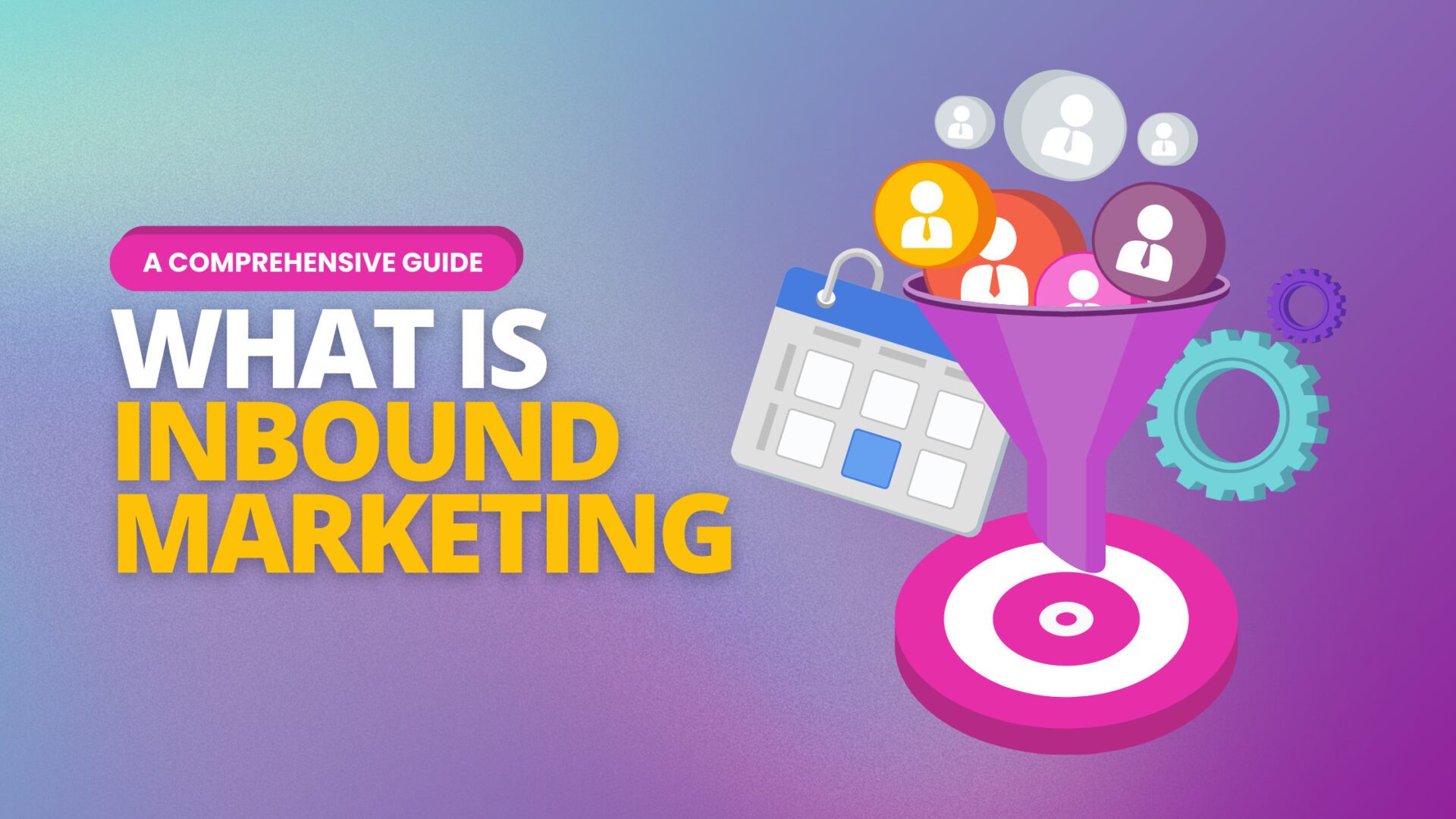

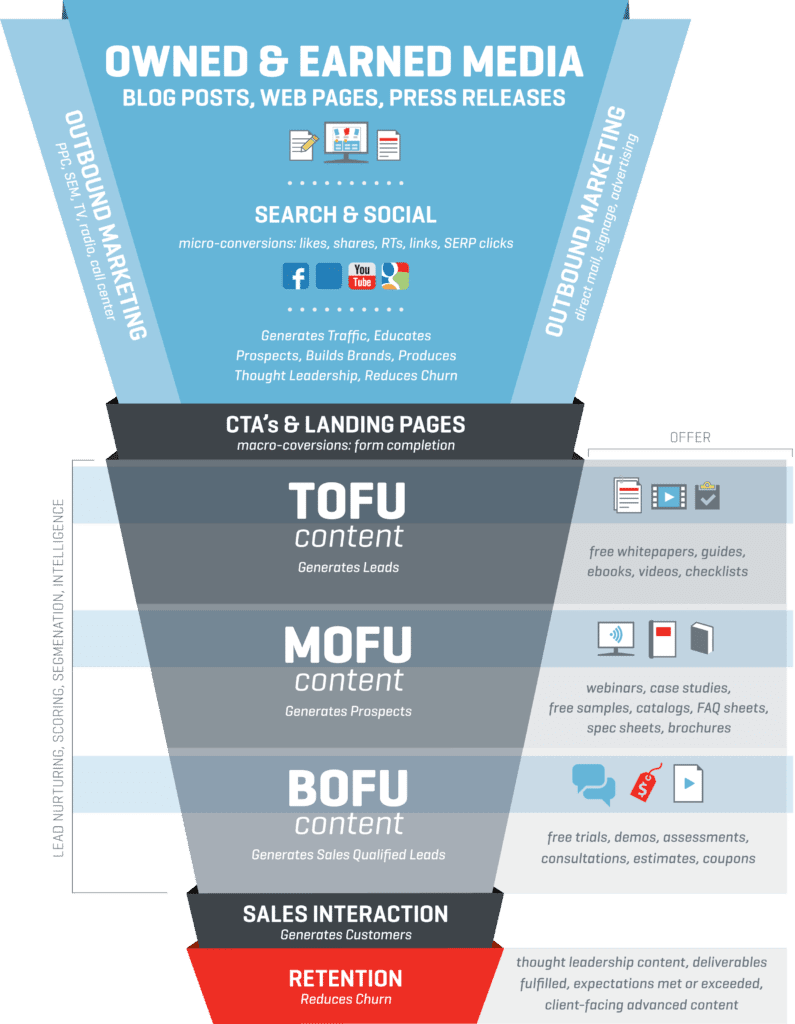

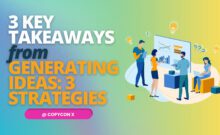
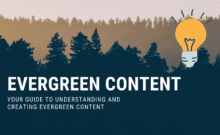
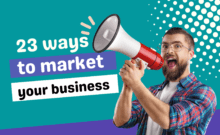
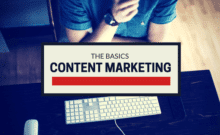
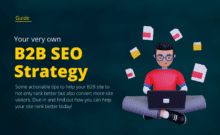
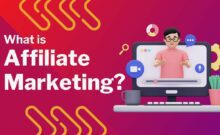

Leave a Comment